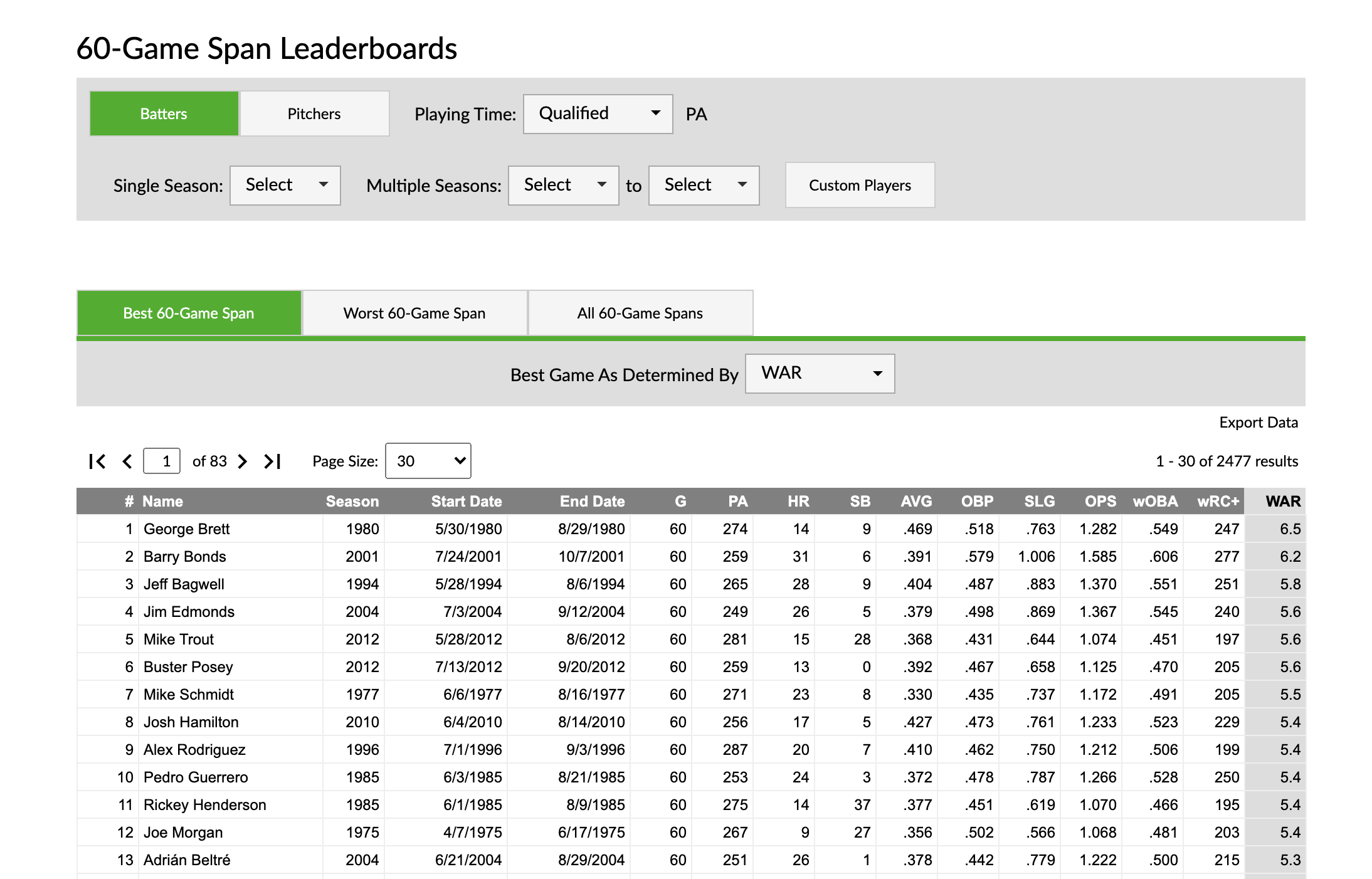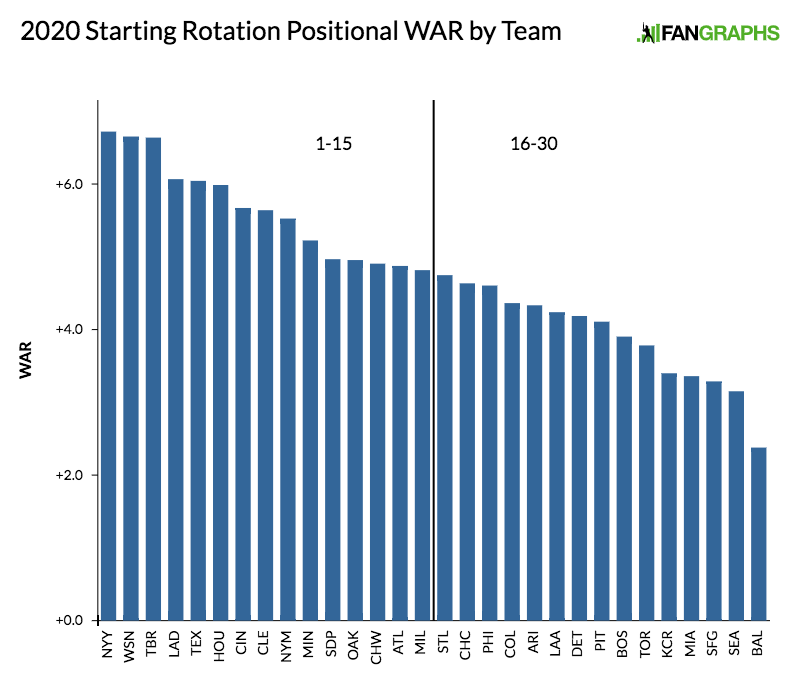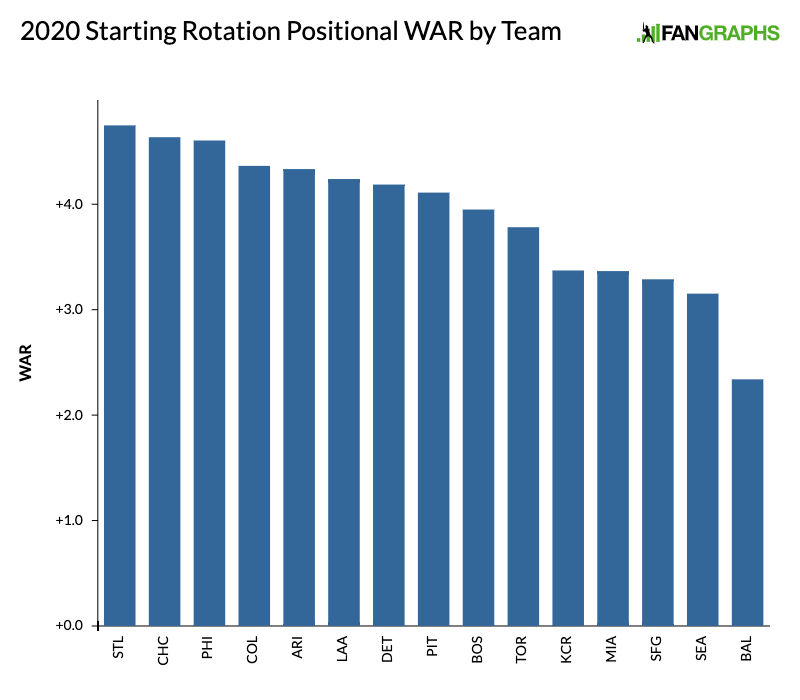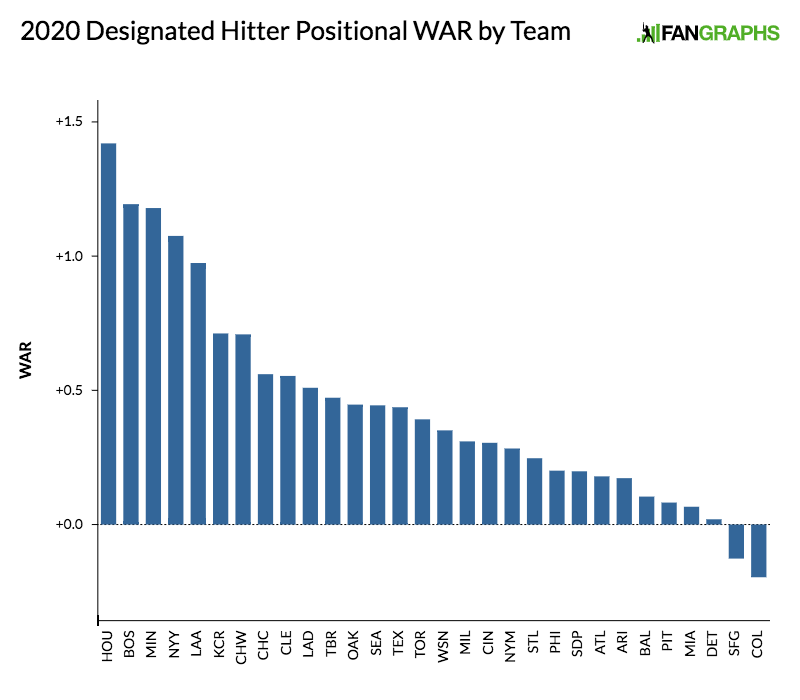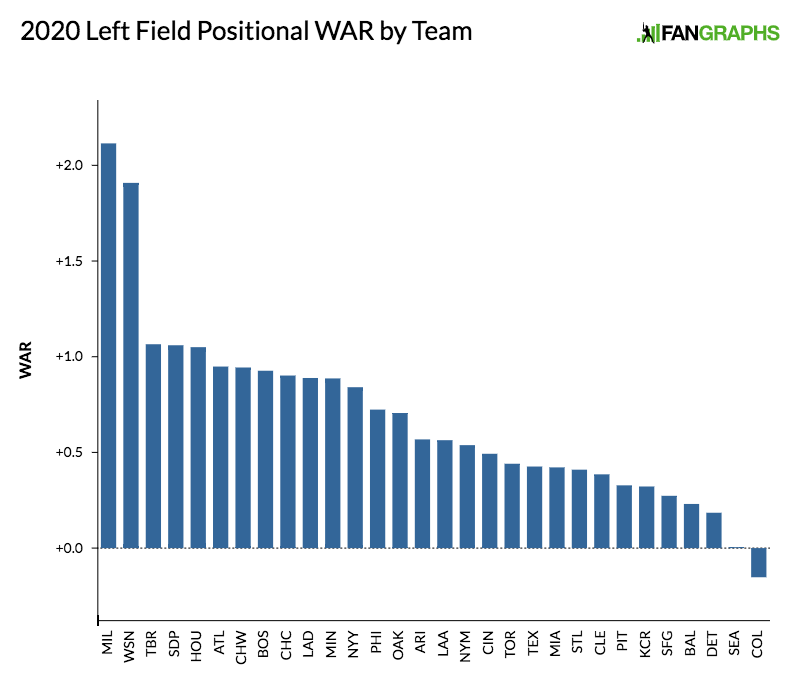Welcome to Pandemicball
It was in many ways a very normal late-July afternoon: Fan blasting, a 1.5-liter water bottle at my side, idly watching the Yankees from my couch. Gio Urshela hit a weak single into right field, and the crowd, whose noise had been hovering at a comfortable murmur up to that point, cheered. In that moment, if I hadn’t looked at the screen, if I’d just taken in the familiar sonic cues of televised baseball, I could almost have convinced myself that it was a normal baseball game in a normal major league season.
Except the crowd kept cheering. It was just a little unimpressive single, and there were two out. The sound, flat and consistent, stretched far beyond where you would expect a collective breath, that fracturing of excitement that happens when one play has ended and everyone is anticipating the next one. And when it did fade, it didn’t dissolve the way it usually does, back into the thousands of individual conversations, all with their own volumes and paces. It faded back to that comfortable murmur, smooth and fast, like someone pushing down a volume slider. When Urshela was caught in a rundown soon after, there wasn’t the dismayed frenzy of people groaning, yelling “No! No!” in frustrated inevitability, standing up in their seats as though doing so could convince the deviant baserunner of the error of their ways. There was just a rise, and then a fall; gentle and unified, a mechanical sigh. Urshela left, and the inning was over. Cut to commercial. Go get a snack.
But wait, no — the inning wasn’t over, somehow. There were, undeniably, three out, and there was, undeniably, the large form of Aaron Judge standing at the plate. The eyes of Aaron Boone and Joe Girardi, peeking out from over their masks and looking across the diamond, connected. The inning would continue. Vince Velasquez, on the mound, would throw a few more pitches. Why? Because he needed to, maybe. Because he might as well.
And when Judge launched a fastball into the empty seats in right, he rounded the bases tentatively, confused. The ball had left the yard, and the lights were flashing, and the noise had swelled. On the replay, they showed the Statcast data, the exit velocity and the ball’s high arc in the air. All the signs we have come to associate with a home run. But was it? This is baseball we’re watching, right? Read the rest of this entry »


